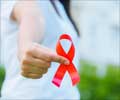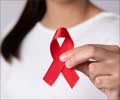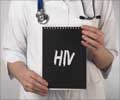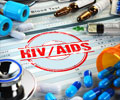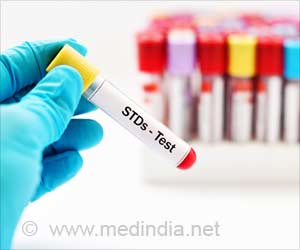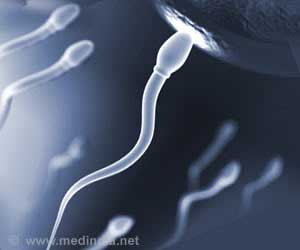Genital warts if untreated may increase the risk of HIV transmission, finds a new study.
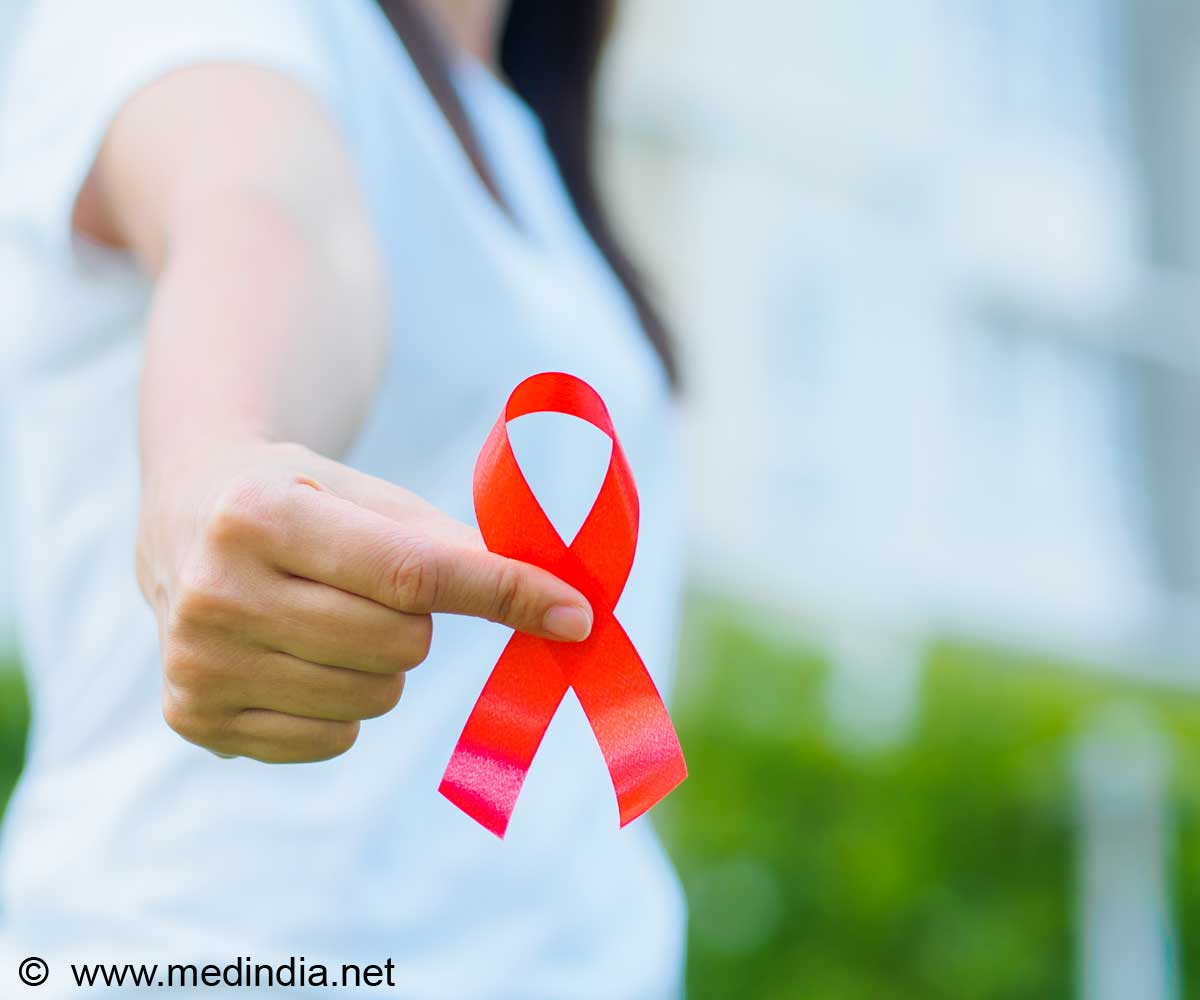
‘Genital warts may leave affected individuals at higher risk for contracting HIV from an infected partner.
’





While this condition has typically been seen as more of an annoyance than a threat, there is emerging evidence that genital warts may leave affected individuals at greater risk for contracting HIV from an infected partner.Researchers from Boston University School of Medicine (BUSM) took biopsy samples of genital warts and compared the number of "HIV-target cells" (cells that can become infected with the virus) to that found in normal tissue from the same areas of the body. In addition, genital wart samples taken from HIV-uninfected men were cultured with HIV to determine whether these lesions were at high risk for infection.
They found that, compared to normal tissue from the same patient, anogenital warts had a significantly higher density of HIV-target cells. Of the anogenital wart samples studied, approximately half had high concentrations of these cells in the outermost layer of skin (the one most likely to be contacted during sexual intercourse).
In addition, of the eight samples cultured with HIV, two showed definitive signs of HIV infection, signifying that some anogenital warts may be highly susceptible to HIV infection.
Deborah Anderson, Ph.D., corresponding author and BUSM professor of obstetrics and gynecology, said these results are a sign that we should be more aggressive in treating genital warts. She also recognizes the potential global implications for these findings.
Advertisement
Source-Eurekalert

